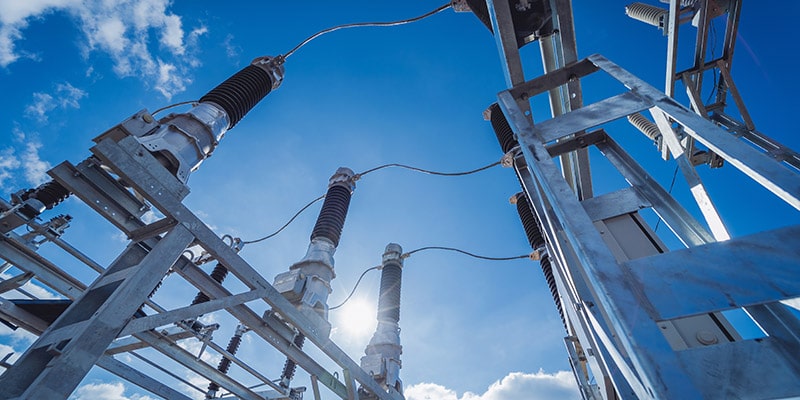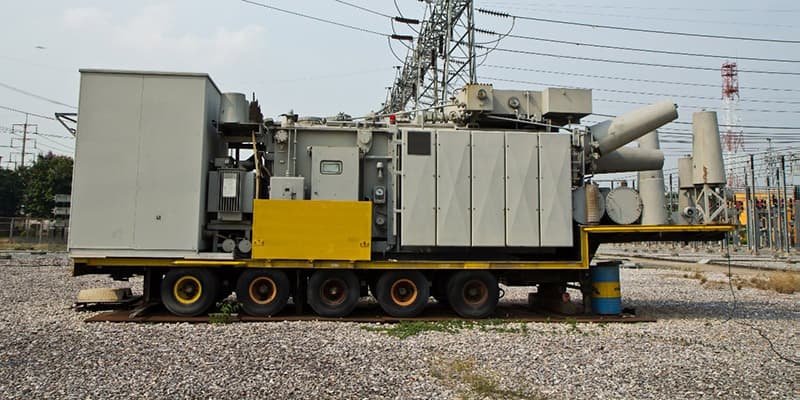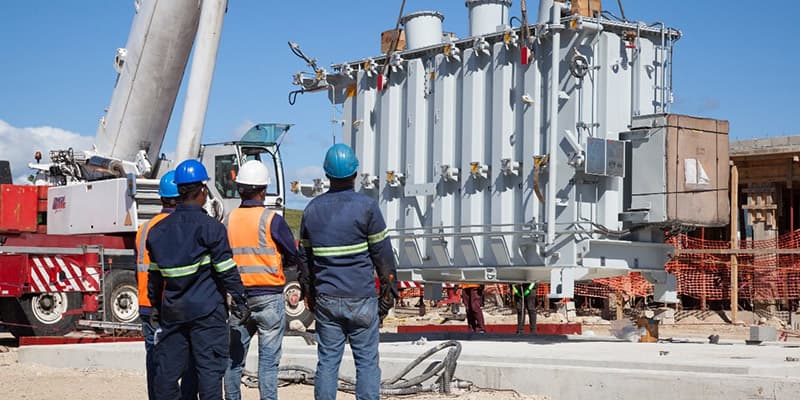Advantages of a Remanufactured Substation Transformer
When you purchase anything—from a car, to a cheeseburger, to a substation transformer—you consider cost, quality, and availability. When buying a transformer, you need to stay within budget, maintain high-quality service, and do so quickly. Time might be your most important consideration. That is why remanufacturing your substation transformer is likely your best option.
If you’re considering the alternative of a new transformer to replace a failed one, the design process can be intensive and take several months to complete. This has significant impacts on your budget, as you have to figure out how to pay for the grid support you will need or a spare transformer while you wait for your new transformer to be designed, built, and delivered. Right now, the wait time for a new substation power transformer is exceeding two years.
By remanufacturing an existing substation power transformer, you can cut that acquisition time by as much as half and still get a high-quality built-to-last transformer that meets your service requirements. Plus, you will gain savings if the core and tank are in good working condition and can be reused, which they almost always can be.
What is Remanufacturing?
Much more than just refurbishing and reconditioning, remanufacturing involves disassembling an existing transformer, completely redesigning the windings and insulation system, and rewinding it with all new copper conductor and insulation. Experts with decades of experience, hand-wind your copper coils in a temperature controlled room , and test the transformer to the latest Institute of Electrical and Electronics Engineers (IEEE) test standards to ensure the finished transformer works correctly when you energize.
When remanufacturing legacy equipment, original design deficiencies can be updated and old problems addressed to improve the performance. Remanufacturing keeps the best of the original design, reuses the valuable steel components that still have life, and changes out parts needs improving.
For transformers, that means more than just new copper windings. It means updating short-circuit safety to meet the latest standards, as well as adding improved high-density Weidmann insulation. Your rewound coils will be landed on your existing core in a temperature-controlled room. Any components (bushings, LTC, controls, accessories, and gauges) that can be reused will be (saving you time and money).
When complete, all remanufactured transformers are tested according to the same IEEE standards as new transformers (IEEE Std C57.12.90™).
Cost & Time Advantages
Many older substation transformers were constructed using thick steel housings, with a robust core and tank structure. Depending on the condition of your transformer, a variety of components can be reused; there may be no need to pay for new controls, bushings, or a new core and tank. By keeping the best components, remanufacturing saves you both time and money.
Actual cost savings—remanufacturing vs. the alternative of new—vary depending on the specific transformer size. It’s not unusual for remanufacturing a substation transformer to come in hundreds of thousands of dollars less in cost when compared to the alternative of buying new .
Your time savings can be up to six months or more. Because remanufacturing involves reusing the existing tank and core, the design process is dramatically sped up and simplified.
Your mobile substations and power/load tap changing transformers can be shipped by truck to our facility which is centrally located in Jordan, Minnesota an extended southwest suburb of Minneapolis. We will fully inspect, analyze and document the condition of the transformer and communicate with you on the final scope of work early in the process.
New vs. Remanufactured
The truth is they “don’t make ‘em like they used to” when it comes to substation transformers. Decades ago, the designs were more spacious inside and included much more steel. As manufacturers looked for ways to lower costs, they optimized the steel and space. The result is that the vintage tanks and cores offer a superior end product once the copper has been rewound with current insulation technologies and the failing parts replaced with new components.
If you have questions about the remanufacturing process or want to learn about the scores of substations we have remanufactured for clients in the past, please reach out to us.
.png?width=295&height=96&name=Untitled%20design%20(8).png)





